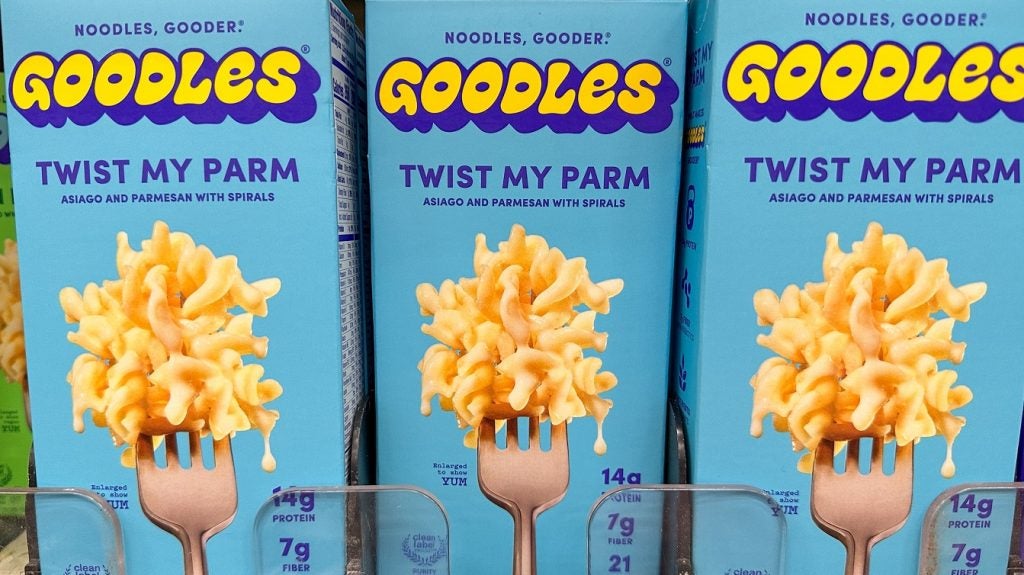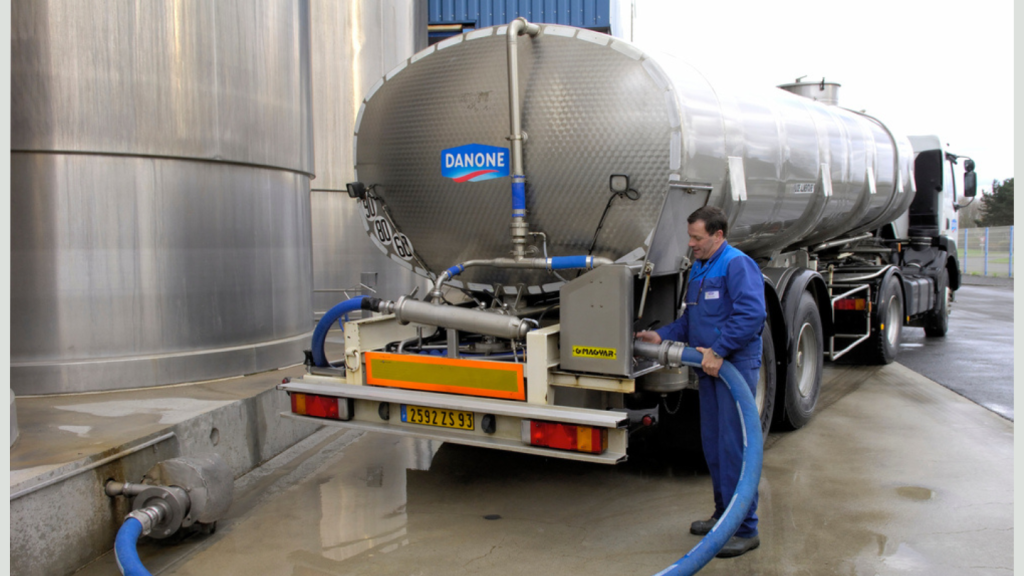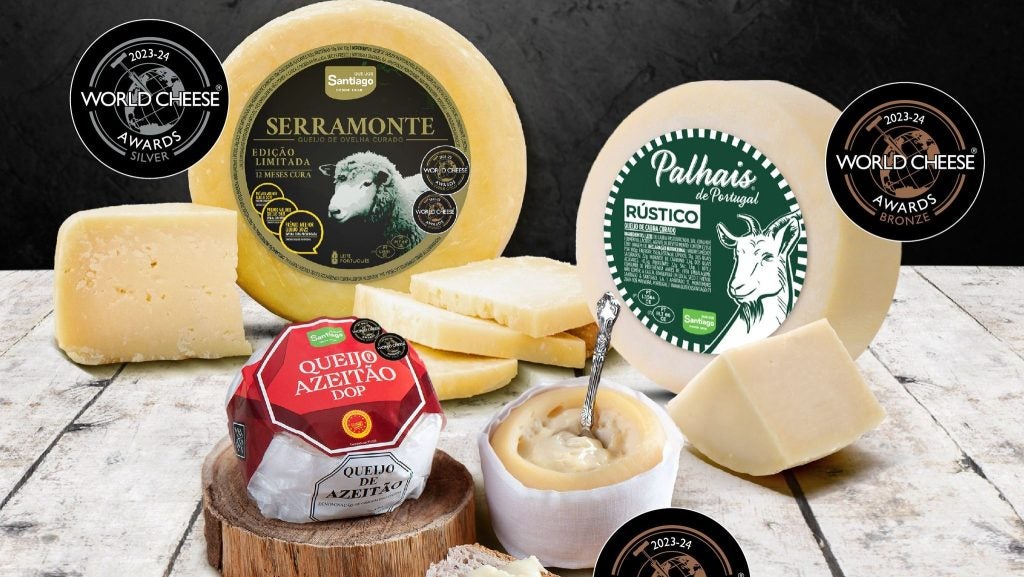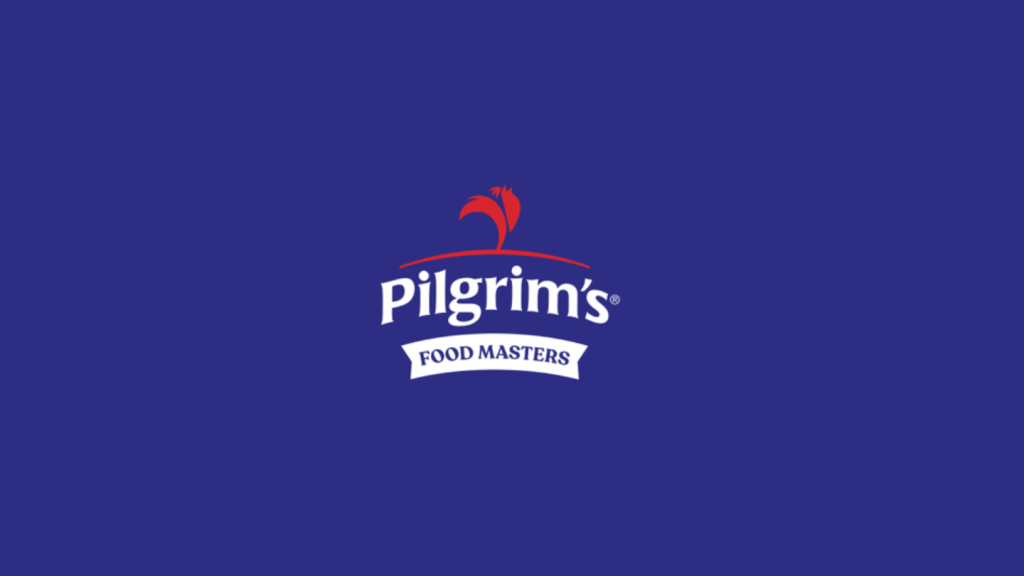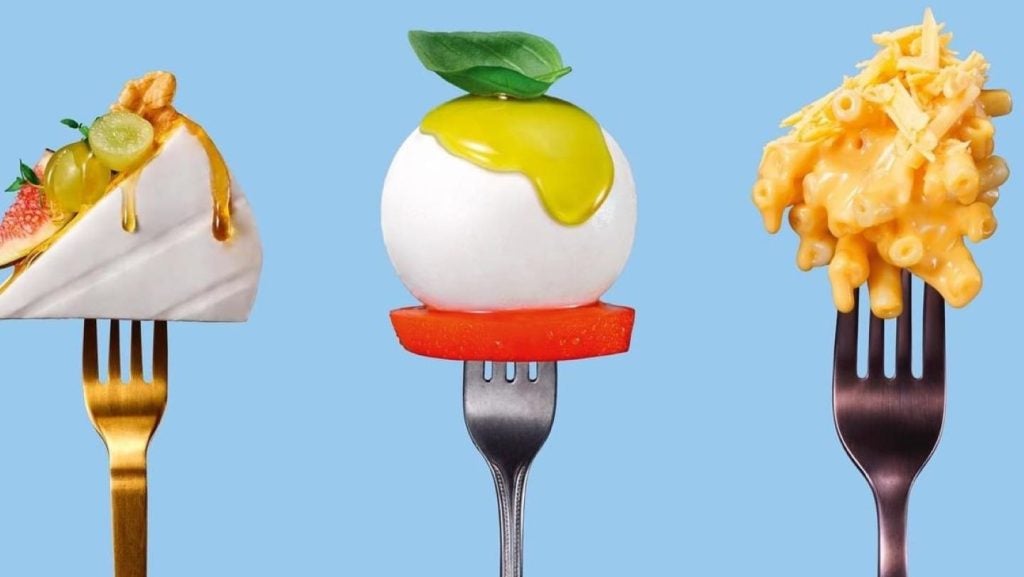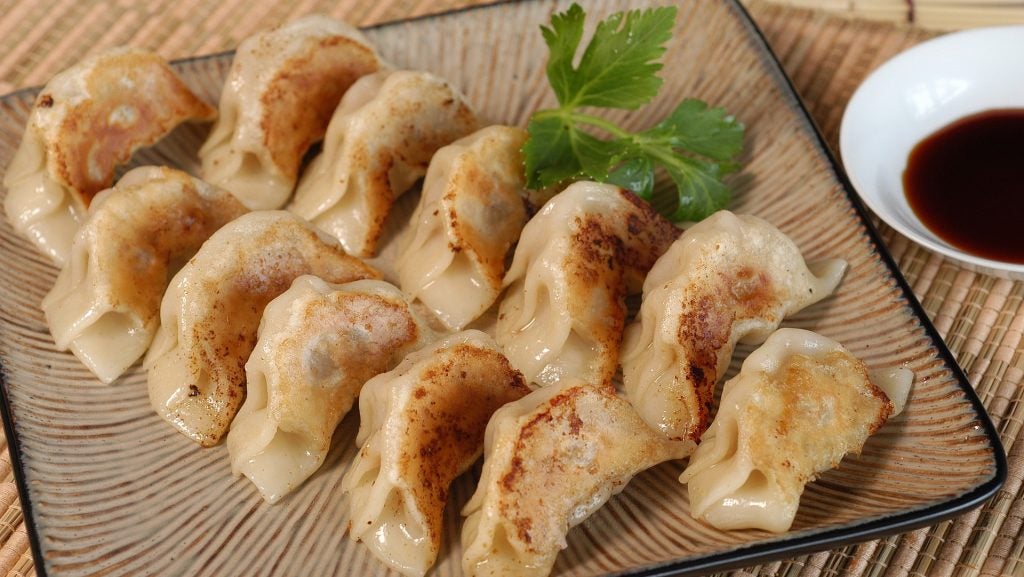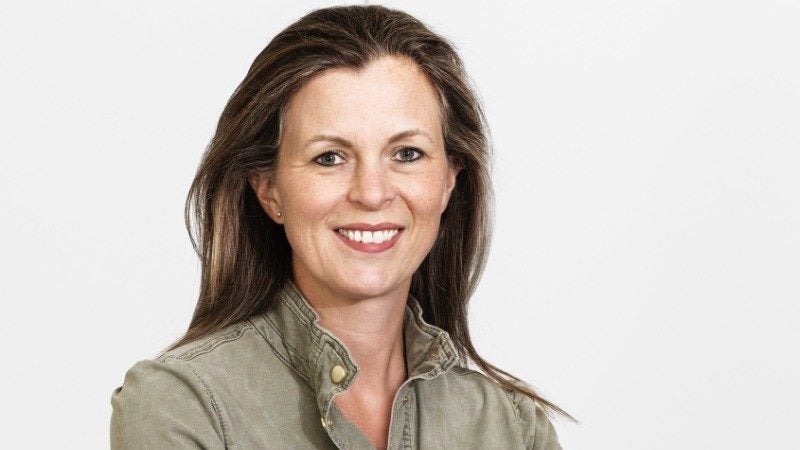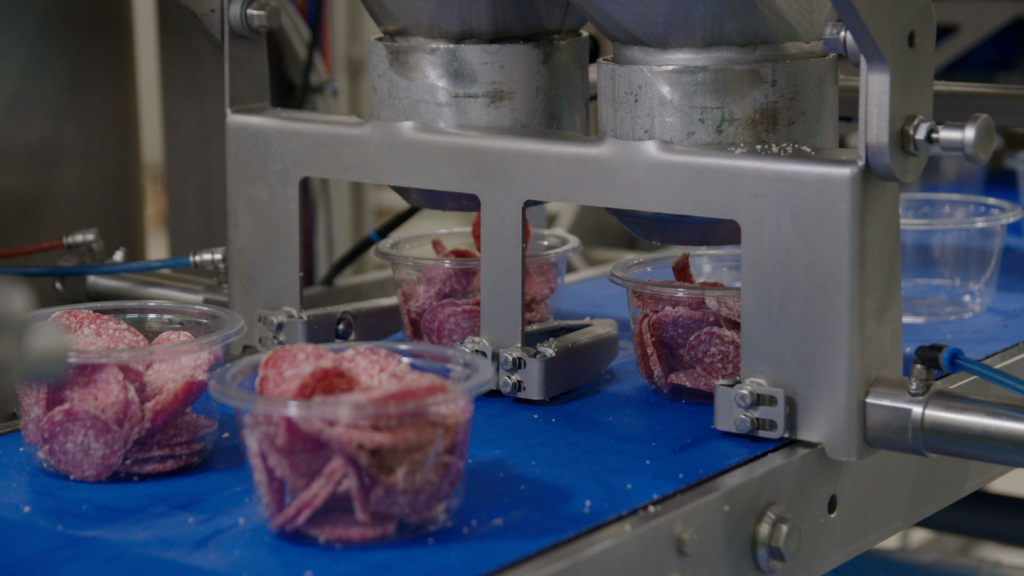The last three years of supply chain pressures and price-driven sales growth due to inflation have favoured big CPG brands in the US. But this has now changed, as many of the majors are increasingly unable to frequently push through price increases to boost dollar sales and continue to limit innovation programmes, as consumers seek meaningful value propositions for the prices they are paying at the grocery store.
Re-entering the fray are the challenger, insurgent brands, which according to a thoughtful new study by Bain & Company are well positioned to earn an even greater share of growth than they were pre-pandemic. It’s the resurgence of the insurgent brands.
Insurgent brands are defined as those that generate more than $25m of annual revenues in tracked channels, have grown more than ten times their category’s average growth rate over the last five years and maintained at least 10% growth over the last two years, while remaining independent or having been acquired by a large CPG company only within the last two years.
The Bain study also offers further evidence to support my prediction in November 2023 that one of the top challenges to legacy CPG brands in 2024 would be smaller brands. Insurgent brands are a top-performing sub-set of emerging and/or challenger brands.
Bain identified 97 insurgent brands (food, beverage and non-consumables) that are disrupting their CPG categories in the US. Among the consumables brands Bain listed were long-standing, mainstay incumbents like Chobani, Kodiak and Rao’s, along with new entrants like Goodles (boxed macaroni & cheese), Carbone (pasta sauce), Mike’s Hot Honey and Athletic Brewing Company (non-alcoholic beverages).
The consultants suggest the majority of growth in CPG is going to come from insurgent brands. I agree. Even though dollar sales growth for most major packaged food and drink brands over the last few years has been impressive, unit sales in most cases have been the opposite: disappointing. This points to inflation and price increases as being the primary driver of sales growth. This metric suggests consumers are buying fewer major CPG brands and more insurgent and private-label products.
Here’s a summary of the key findings – the evidence that insurgent brands are where the growth is primarily going to come from – from Bain’s study:
- Insurgent brands regained momentum in 2023. While accounting for less than 2% of market share in the categories in which they exist, these brands captured 20% of incremental category growth compared with 6% in 2022. They achieved this growth through volume expansion alongside price increases, taking share from larger competitors in a market in which volumes were flat.
- Insurgent brands had the greatest impact in the non-alcoholic beverage category, with companies such as Celsius, Prime, Cellucor, Ghost and Alani Nu accounting for 3.4% of market share but capturing more than 35% of the growth. In food, insurgents accounted for less than 1% of market share and captured more than 7% of category growth.
- Five of this year’s insurgents reached sales of half a billion dollars or more, proving that these brands can scale if they apply the right growth playbook.
- Emerging insurgent brands – those with sales between $10m and $25m while outgrowing their category by ten times or more – provide an indication of future insurgent winners. Most promising are those with the highest rates of velocity-driven growth, which includes packaged food brands like Goodles and Mike’s Hot Honey, plus beverage brands like Bizzy Cold Brew.
Bain says to expect insurgent brands to capture an even greater degree of category growth than has previously been the case. Big brand CPG companies should be concerned.
Price increases due to high inflation allowed big brands to take their eyes off the fundamentals of category growth
Concern though doesn’t lead directly to growth strategies, which is what most big brand CPG companies need, having come off the last few years when frequent price increases due to high inflation allowed them to take their eyes off the fundamentals of category growth.
Legacy brand CPG companies in the main failed to invest their gains over the last few years in significant innovation programs. They also took their focus off acquisitions to the degree they were looking for and making pre-pandemic. Food inflation has been a pretty good friend to big brands in the last few years.
These companies will need to invest more effort and money in innovation, while at the same time upping their acquisition activity. There are signs that might soon occur. Numerous CPG company executives attending the Consumer Analyst Group of New York conference in Florida last month said they are poised to pull the trigger if the right acquisition comes along.
Dirk Van de Put, the chairman and CEO of snacks giant Mondelez International, told Wall Street analysts: “We have a pipeline. That pipeline is active. There are good discussions going on.”
The CEOs of General Mills and Hershey also told analysts at the conference they are actively interested in acquisitions if they can get the right brands at the right price.
A recent case study example of a big CPG company acquiring an insurgent brand is Campbell Soup Co.’s $2.7bn acquisition of Sovos Brands. The primary reason for the acquisition was Sovos’ Rao’s pasta sauce brand, which Campbell plans to use as its lead horse in building a $1bn business in the category. Rao’s is one of Bain’s top-performing insurgent brands.
This is a good example of how big food companies continue to outsource innovation to smaller brands. Campbell could have created and launched its own brand in what is referred to as the ultra-distinctive pasta sauce market but it decided to acquire Sovos mainly for Rao’s, which is the leader in the segment. New category entry and growth can be bought as well as created.
Along with upping their innovation and acquisition (which should include transformational as well as “bolt-on” acquisitions) activities, major CPG companies also need to get back to doing more of (and better) good, old-fashioned, consumer marketing and brand building. And, in this regard, they can learn a lot from insurgent food brands like Carbone pasta sauce, Goodles macaroni and cheese and Bachan’s sauces, and beverage brands Olipop, Poppi, Prime and Liquid Death, all of which are doing cutting-edge consumer marketing and brand building on shoestring budgets.
The advantage big brands have had over the last few years is gone
There’s a return to normalcy when it comes to category growth. The advantage big brands have had over the last few years is gone. Disruption, particularly by high-performing insurgent brands, is back. Add to that the improved performance of private brands, which, like big CPG brands, got a healthy boost as a result of the pandemic and supply chain pressures. Retail own-label, though, is disrupting the big brands more so than they are small brands.
Big brands continue to dominate the CPG landscape but, when it comes to innovation and category growth, expect insurgent brands to lead the way for the foreseeable future unless the big brand CPG companies up their brand innovation game and get back to brand-building through more and better consumer marketing.
And, yes, they can always acquire insurgent brands like Campbell recently did but the cost of doing so is rising, which is something the CEOs of Mondelez, General Mills and Conagra Brands, along with others, noted in Florida. In other words, the price of outsourcing innovation to small brands is going up, which is a fitting metaphor for the theme of the resurgence of insurgent brands.


